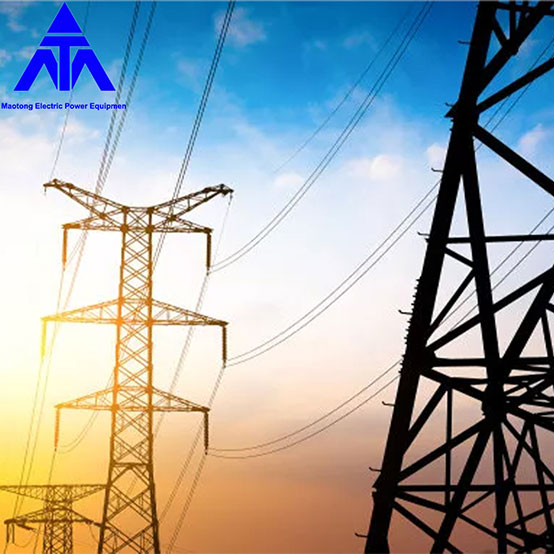Structural Mechanics Principle Of Steel Tower
2024-04-24
The structural mechanics principles underlying steel towers involve a combination of statics, dynamics, and materials science. Here's an overview of these principles as they apply to steel tower design:

1. Statics:
- Statics deals with the equilibrium of stationary structures under the action of external forces. In the case of steel towers, engineers analyze the forces acting on the structure, including gravity, wind, and any applied loads such as antennas or equipment. By applying principles of static equilibrium, they ensure that the tower remains stable and does not collapse under these loads.
- Static analysis includes calculating the distribution of stresses and deformations throughout the tower structure to ensure that each component can support its share of the load without exceeding its capacity.
2. Structural Analysis:
- Structural analysis involves determining the internal forces, stresses, and deformations within the tower structure. Engineers use mathematical models and computer simulations to analyze how the tower will respond to various loading conditions, including wind, seismic activity, and temperature fluctuations.
- Finite element analysis (FEA) is commonly used to simulate the behavior of complex steel tower structures under different loading scenarios. This analysis helps engineers optimize the design for strength, stability, and safety.
3. Materials Science:
- Steel towers are typically made from high-strength steel alloys that offer excellent structural properties, including strength, stiffness, and ductility. Materials science principles are applied to select the appropriate steel grades and fabrication methods to meet the design requirements.
- Engineers consider factors such as yield strength, ultimate strength, modulus of elasticity, and fatigue resistance when selecting steel materials for tower construction. They also account for factors such as corrosion protection to ensure the long-term durability of the structure.
4. Load Factors and Safety Factors:
- Engineers apply load factors and safety factors to account for uncertainties and variability in the applied loads, material properties, and environmental conditions. Load factors are applied to the expected loads to determine the design loads that the tower must withstand. Safety factors ensure that the structure has a sufficient margin of safety against failure.
- National and international design codes and standards, such as the American Society of Civil Engineers (ASCE) standards and the International Building Code (IBC), provide guidelines for determining appropriate load and safety factors for steel tower design.
By integrating these principles, engineers can design steel towers that meet the structural requirements for supporting communication antennas, electrical transmission lines, wind turbines, and other applications. The goal is to ensure that steel towers are safe, reliable, and cost-effective structures that can withstand the forces and environmental conditions to which they are exposed over their operational lifespan.


